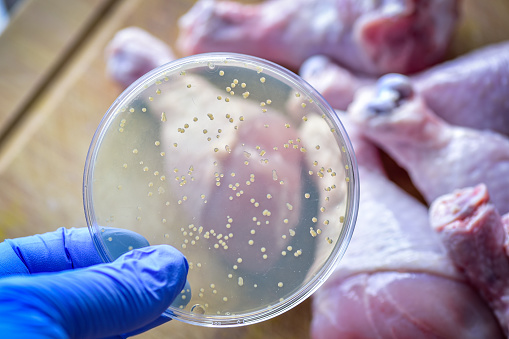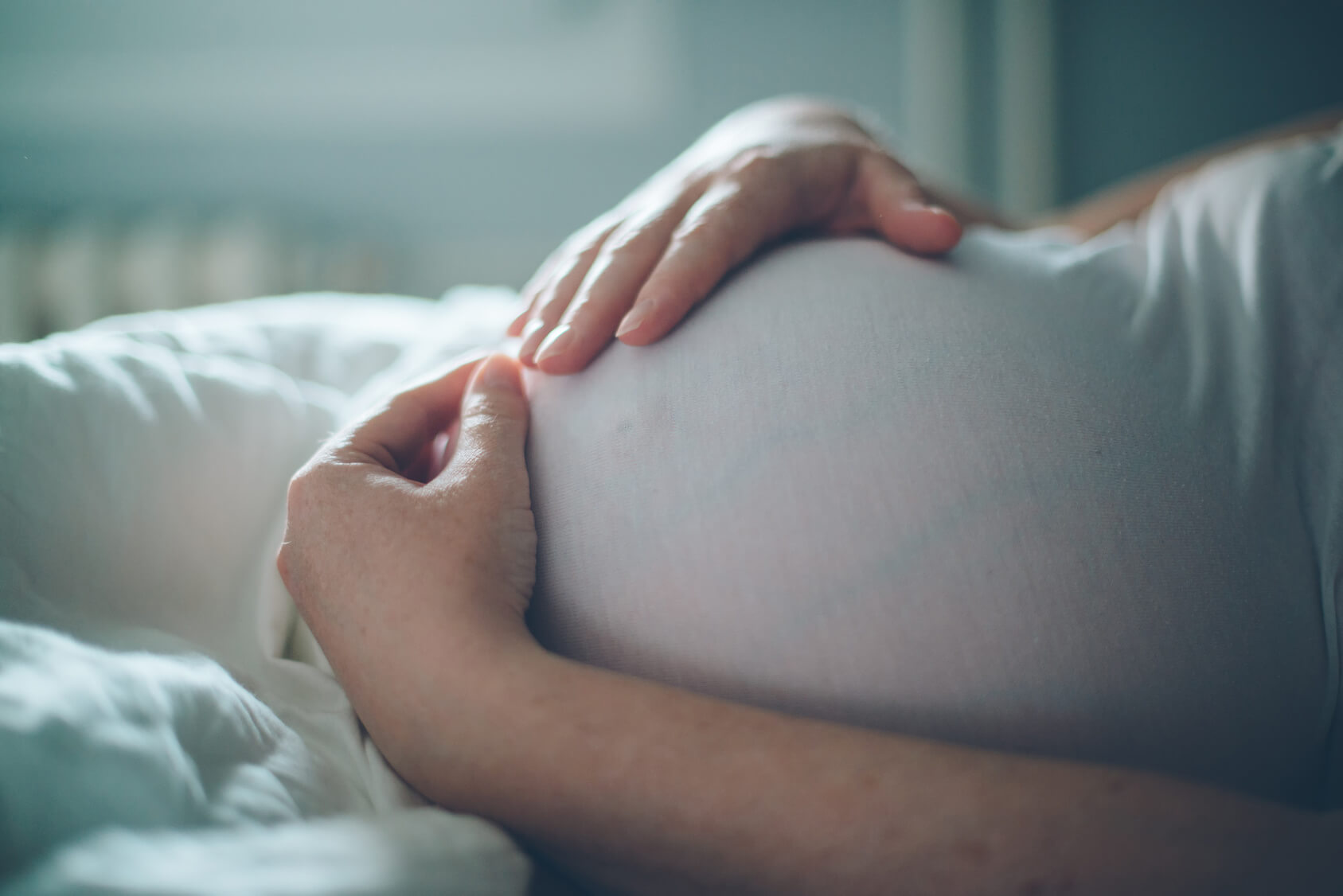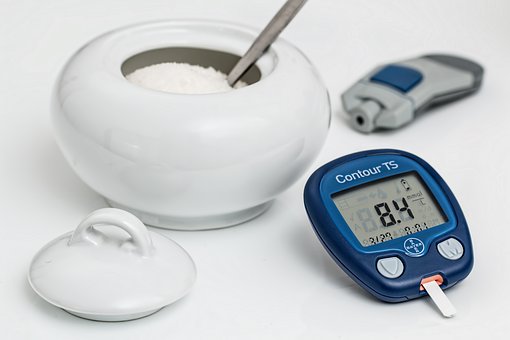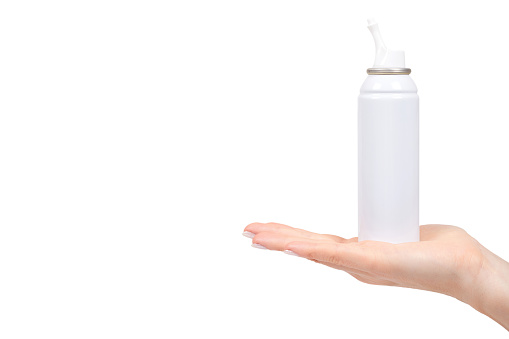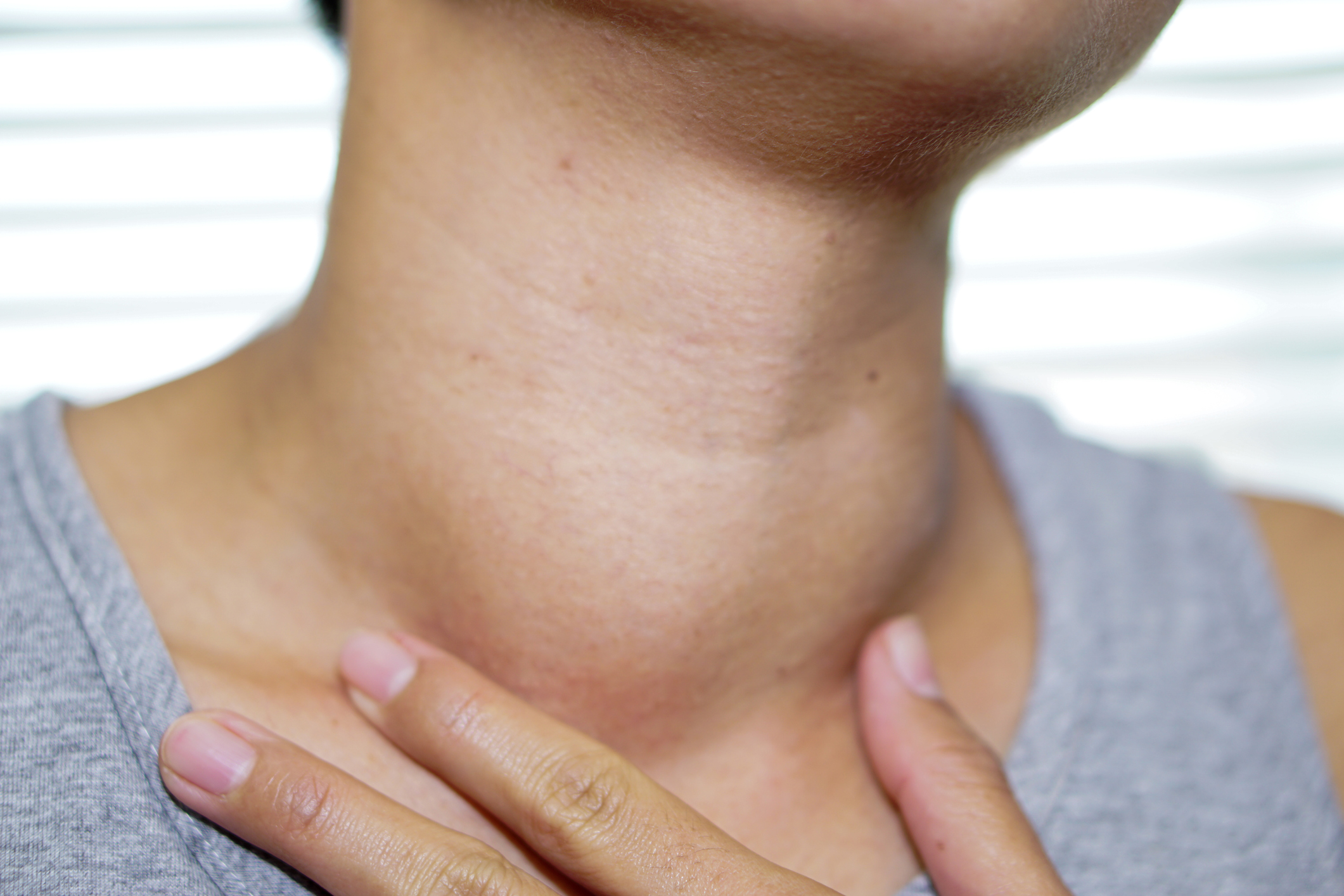Thursday, February 23, 2023
Salmonella is one of the leading causes of diarrhea worldwide. Common symptoms include abdominal cramps and vomiting. Continue reading the article to learn about the causes, symptoms, and ways to prevent salmonella:
What is salmonella?
Salmonella or salmonellosis is an infection caused by Salmonella bacteria, leading to gastroenteritis. It is one of the four major global causes of diarrheal diseases, according to theGlobal Health Organization.
Salmonella can infect anyone, but most cases occur in children and young adults. The elderly, people with diseases that weaken the immune system, and people with malnutrition are also considered more susceptible to salmonellosis.
Salmonella symptoms
Most cases of salmonella are mild, but it can sometimes be life-threatening. Following are the symptoms of salmonella:
1. The incubation period and the duration of the disease
The incubation period of salmonella is about 12-72 hours, but this does not prevent the period from being longer, and this period is characterized by gastroenteritis, and thus the sudden appearance of: diarrhea sometimes mixed with blood, colic, fever, nausea and vomiting.
As for the duration of the disease, it usually lasts from 4 to 7 days, and if the infection spreads to distant organs and the bloodstream, the duration and severity of the disease increases.
2. Common symptoms of salmonella infection
Common symptoms of salmonella infection usually appear between 6 hours and 6 days after infection, and these symptoms include:
- stomach cramps
- nausea.
- vomiting.
- abdominal pain
- fever and headache
- Diarrhea.
- bloody stools
- cold and chills
- Known joint pain (reactive arthritis).
There may be additional serious symptoms depending on which organ is infected, including:
- urine.
- the blood.
- Bones and joints.
- Nervous system.
- cerebrospinal fluid.
- the brain.
Causes of salmonella
Poor hygiene and contaminated food are the first causes of salmonella infection:
1. Salmonella transmission and its sources
Salmonella is transmitted through the following factors:
- Food and water (94% of cases): The infection is transmitted to humans through eating food contaminated with the feces of an infected animal. Contaminated foods are often of animal origin (beef, poultry, milk, and eggs). It can also spread to some vegetables and fruits in the fields (melons, alfalfa sprouts, tomatoes…).
- direct contact with animals.
- from a person to another.
2. Contaminated food and water
Salmonella infection can be transmitted through contaminated food and water:
- Harvesting seafood in polluted waters.
- A person has handled raw, contaminated meat.
- Touching food without washing hands.
- Uncooked eggs.
- Bird eggs infected with salmonella.
- Mayonnaise sauces that contain raw eggs.
- Unclean fruits and vegetables.
- Watering fruit or vegetable plants with contaminated water or washing produce in this water.
- Poor hygiene, such as not keeping kitchen surfaces clean and not washing hands while preparing food, after using the bathroom, or after changing a baby’s diaper.
Risk factors for infection with salmonella
In addition to the causes of salmonella infection, there are a group of risk factors that contribute to making a person more susceptible to infection, including:
- summer season.
- Children under 5 years old.
- Infants who are not breastfed.
- Elderly people 65 years and over.
- Weakened immune system (people with: HIV, sickle cell disease, cancer patients, underwent chemotherapy, taking corticosteroids).
- Inflammatory bowel disease (Crohn’s disease, ulcerative colitis).
- Take antacids, which reduce stomach acid that kills salmonella bacteria.
- Having pets (eg: birds and reptiles).
Salmonella treatment
In most cases, the symptoms caused by salmonella disappear without any treatment, only after 4 to 7 days. However, salmonella can be treated with:
- Take more fluids to prevent dehydration.
- Take medicines to stop diarrhea and reduce cramping.
- Taking antibiotics to: relieve severe symptoms, and fight bacteria if they enter the bloodstream.
Prevention of salmonella infection
Good hygiene is the first step in preventing salmonella infection. Here are some preventive tips:
- Wash hands regularly with soap and warm water, especially in the following cases:
- before preparing food.
- before eating.
- After going to the bathroom or changing a baby’s diaper.
- After touching your pet.
- If you do gardening.
- Keep raw foods separate from cooked foods.
- Put raw foods in the refrigerator shelves below ready-to-eat foods.
- Wash vegetables and fruits well before eating them.
- Cook foods well, especially meat.
- Keeping cookware and kitchen surfaces clean.
- Replace dish towels with clean ones frequently.
- Avoid drinking water from streams, rivers and lakes.
- Store eggs at a temperature not exceeding 4°C.
- Get rid of any cracked or dirty eggs.
- Do not bring reptiles or amphibians into the home.
If someone in your family has a salmonella infection, be sure to:
- Wash clothes and towels at a high temperature.
- Clean toilet seats, bathroom handles, and faucets regularly.
Frequently asked questions that may interest you
1. Is salmonella dangerous?
In most cases, a salmonella infection can clear up without any treatment. However, this does not mean that it is not a dangerous disease! In some cases, it may lead to death in some people.
They often lead to critical conditions or death due to:
- severe dehydration
- Spread of infection to other areas of the body.
2. When does salmonella die?
Salmonella bacteria can die when foods are cooked at 160 degrees for at least 10 minutes.
3. What does a salmonella patient eat?
If you are sick with salmonella, it is preferable to eat bland foods that are low in fiber and low in fat, because the stomach finds it difficult to digest fats. Foods that are easier for the stomach to digest include:
- cereal.
- the banana.
- Egg whites.
- gelatin.
- oatmeal.
- potato.
- the rice.
- crackers.
- toast.
- Apple juice.
- Fluids (eg: water, oral rehydration drinks).

